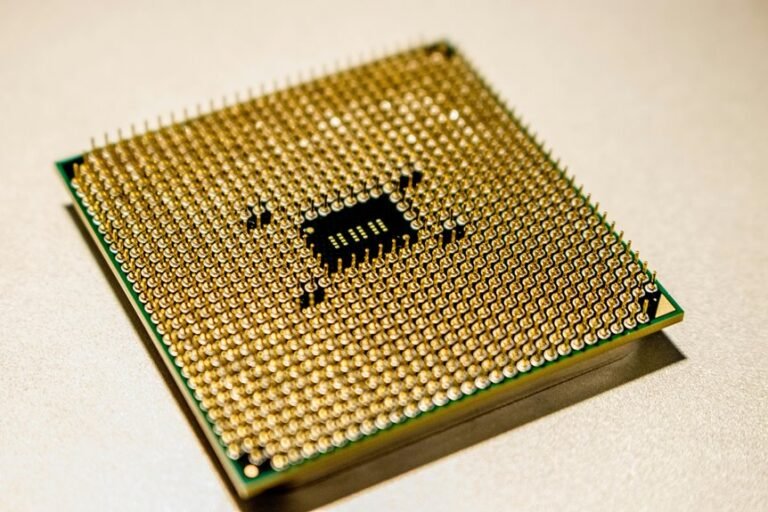Cognitive Infrastructure Enhancement Protocol 3511994357 3517023015 3385405946 9168399803 3510164059
The Cognitive Infrastructure Enhancement Protocol (CIEP) offers a framework that many organizations overlook, yet it significantly elevates operational efficiency. By integrating real-time data and predictive analytics, you can enhance decision-making processes and foster a culture of innovation. Understanding how CIEP can transform your workflows and reduce costs is essential. The implications of adopting this protocol are profound, and exploring its features could reshape your organization’s future.
Key Features of the Cognitive Infrastructure Enhancement Protocol
The Cognitive Infrastructure Enhancement Protocol (CIEP) introduces several key features designed to optimize cognitive processing and information management.
It emphasizes cognitive scalability, allowing systems to adapt seamlessly as demands fluctuate.
Furthermore, robust data integration capabilities enable real-time synthesis of diverse information sources, enhancing decision-making and fostering autonomy.
Benefits for Organizations Implementing the Protocol
Implementing the Cognitive Infrastructure Enhancement Protocol (CIEP) can significantly transform how organizations manage their information and decision-making processes.
You’ll experience enhanced organizational efficiency as CIEP streamlines workflows, reduces redundancies, and integrates data seamlessly.
This leads to quicker, more informed decision-making enhancement, empowering your teams to respond swiftly to changing circumstances and fostering a culture of agility and innovation within your organization.
Real-World Applications and Case Studies
Organizations that have embraced the Cognitive Infrastructure Enhancement Protocol (CIEP) are already witnessing tangible benefits in their operations.
By integrating real-time analytics and predictive modeling, companies can enhance decision-making processes, optimize resource allocation, and improve customer engagement.
Case studies illustrate significant reductions in operational costs and increased efficiency, showcasing CIEP’s ability to transform data into actionable insights that drive competitive advantage.
Future Implications of Cognitive Infrastructure Enhancements
As cognitive infrastructure enhancements continue to evolve, they’re poised to revolutionize industries by enabling unprecedented levels of automation and intelligence.
This cognitive evolution will foster deeper technological integration, allowing systems to learn and adapt autonomously.
You’ll witness increased efficiency and decision-making capabilities, ultimately enhancing operational freedom.
Embracing these advancements is crucial for staying competitive in an ever-changing technological landscape.
Conclusion
As you consider the Cognitive Infrastructure Enhancement Protocol, imagine the potential transformations awaiting your organization. By embracing real-time data integration and predictive modeling, you could not only streamline operations but also foster a culture of innovation. However, the true question remains: are you ready to navigate the complexities that come with such a profound shift? The choice is yours—will you seize the opportunity to enhance your cognitive infrastructure or let it slip away into the shadows of missed potential?





